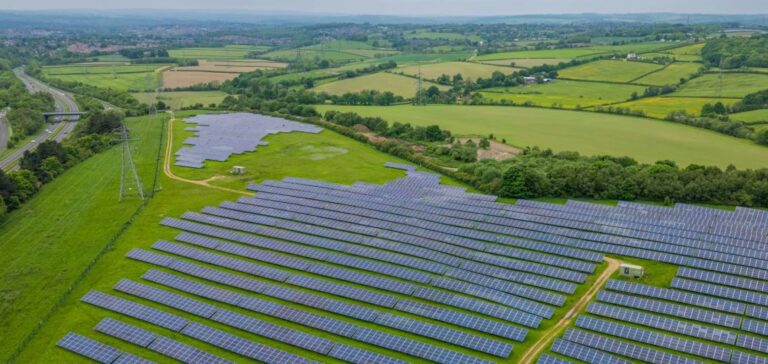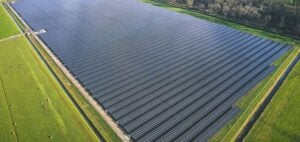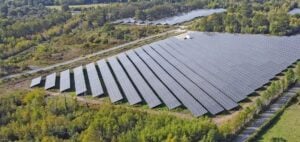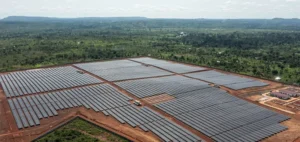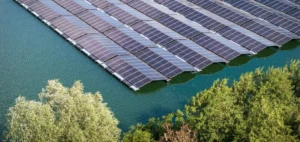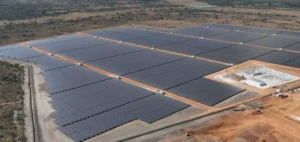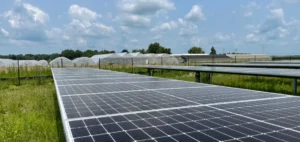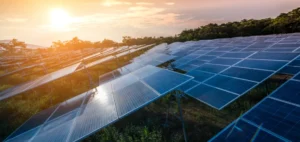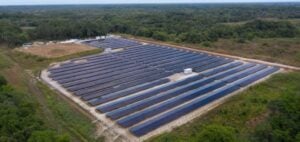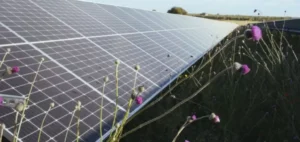The Cider Solar Farm project, located in upstate New York, has received approval from local authorities to begin its construction phase. This project marks a significant step in the state’s commitment to renewable energy while representing a substantial investment in the energy transition. With a production capacity of over 500 MW, it will become the largest solar farm in the state once completed, aligning with New York’s carbon reduction goals.
The project, covering approximately 1,200 hectares, is designed to supply electricity to several hundred thousand households, contributing to the diversification of the state’s energy mix. Cider Solar, the company behind this development, has stated that the entire facility is expected to be operational by 2026. The farm will be capable of generating more than 1,000 GWh of electricity per year, which corresponds to the energy consumption of nearly 250,000 homes.
Cider Solar Farm is not limited to its environmental impact. One of the main benefits highlighted by its developers is the creation of jobs in the region. This project is expected to generate several hundred direct and indirect jobs, particularly in construction, maintenance, and solar energy management. Additionally, the revenue generated by the project will benefit local communities, strengthening the state’s economy.
However, the development of such solar projects is not without challenges. The approval process has been lengthy, involving discussions with local stakeholders to address concerns regarding the use of agricultural land and the impact on local ecosystems. Despite these concerns, authorities have determined that the economic and energy benefits of the project outweigh potential risks.
Cider Solar Farm is part of a broader investment in renewable energy across New York State. The state has launched several initiatives aimed at reaching its goal of 70% renewable energy in its energy mix by 2030, making this project a key component of its energy strategy.
Key Partnerships for Project Success
To implement this solar farm, Cider Solar has collaborated with several leading companies and financial institutions to secure funding and manage the project. The partnership with private investors has ensured the necessary funds to advance through the construction phases. This public-private financing model is increasingly used in energy infrastructure projects, highlighting the importance of synergies between public and private sectors in achieving environmental and economic objectives.
Economic Impact and Future Perspectives
Cider Solar Farm has the potential for economic development not only in the short term but also in the long run. Once operational, the solar farm is expected to significantly reduce electricity costs for consumers in the region by adding a stable and low-cost production capacity. Moreover, the increased solar capacity in the state will support the goal of achieving carbon neutrality by 2050, an ambition shared by several other green energy projects across the United States.


